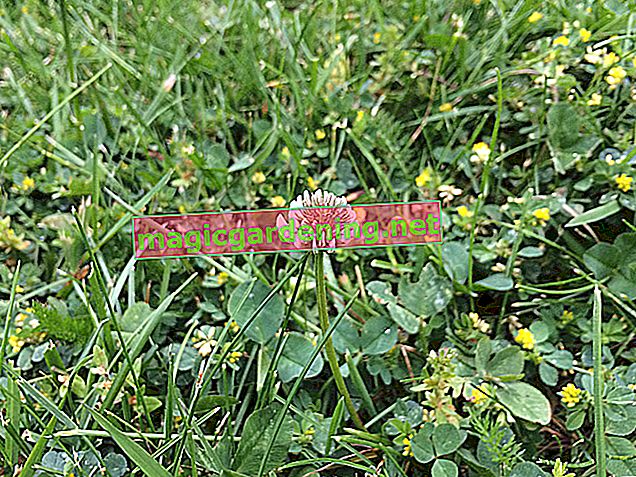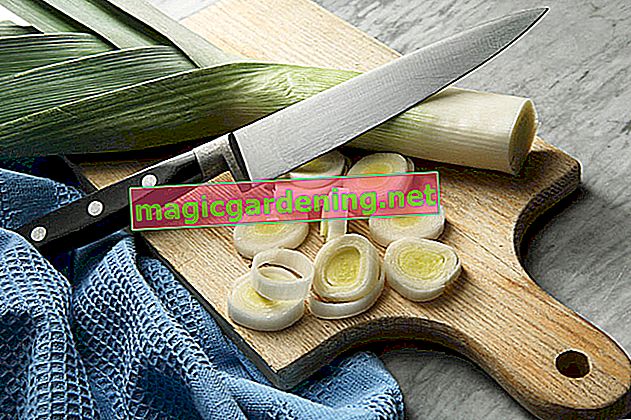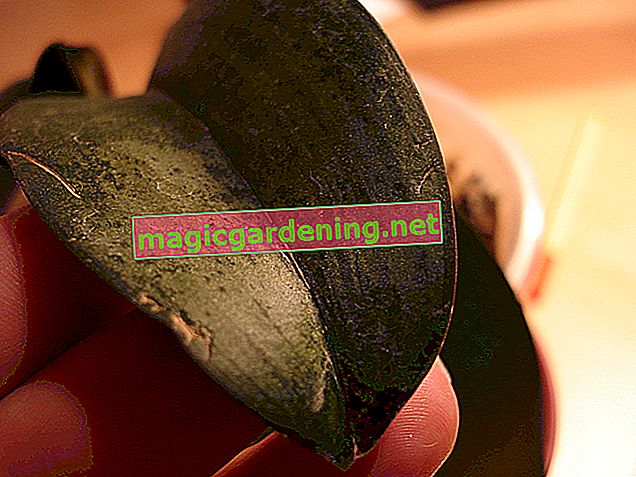
Do not dispose of withered chrysanthemums
The robust chrysanthemums can either be planted in the garden - provided they are winter-hardy varieties - or wonderfully cultivated in pots. Of the approximately 5000 known varieties, the autumn chrysanthemums (also known as “winter asters”) have proven to be very robust and extremely hardy. But whichever variety you have at home, all chrysanthemums have similar requirements:
- as bright a location as possible without direct sun (especially no midday sun!)
- a loose, humus rich and slightly calcareous soil
- water regularly - even in winter
- avoid waterlogging
- fertilize between March and September
- Support larger specimens with a staff
- Remove what has faded to encourage the plant to continue to flower
- Cut back the plant completely after flowering
also read
- Not all chrysanthemums are hardy and perennial
- Are Chrysanthemums Poisonous to Cats?
- Which chrysanthemums are hardy in the garden?
When does the chrysanthemum bloom?
Chrysanthemums are plants that bloom very late in autumn. Some varieties bloom as early as August, while others don't bloom until October. As a rule of thumb, the later a chrysanthemum flowers, the better its winter hardiness. Don't be surprised, however, that your chrysanthemums will most likely bloom later in your home than in the nursery: there the plants are stimulated to bloom earlier with artificial light. As a rule, the chrysanthemum only opens its flower buds as soon as the days get shorter and are about as long as the nights. A daylight time of a maximum of 10 hours is optimal.
Hibernate chrysanthemums properly
How perennial chrysanthemums are properly overwintered depends on the variety and its winter hardiness. Hardy chrysanthemums ("autumn chrysanthemums") can be left outside, but should be covered with brushwood. Non-hardy varieties or potted chrysanthemums, on the other hand, should always overwinter under cold house conditions in the house or in the greenhouse. Temperatures between five and ten degrees Celsius have proven to be ideal for this.
Tips
Chrysanthemums are also very easy to propagate, either from seeds or from head cuttings. You can also reproduce and rejuvenate older specimens by dividing the roots.








